
Index:
Applications & Benefits of GAO’s RFID, BLE, IoT & Drones for the Research and Development
GAO Helps Customers Comply with Standards, Mandates & Regulations of the Research and Development
GAO Software Provides Easy Integration with API
Case Studies of RFID Applications
GAO RFID Systems & Hardware for the Research and Development
Related Products & Systems on Other Pages on This Website
GAO RFID Diagnostic Imaging Services Asset Management System
Research, Technology & Professional Services Industries | RFID Solutions – GAO RFID
Tool & Industrial Equipment Tracking System
Employee Access Control | Office Access Control (gaorfid.com)
BLE | Bluetooth Low Energy | BLE Gateways & Beacons – GAO RFID
RFID Readers | Buy RFID Readers | RFID Reader Writers – GAO RFID
RFID Tags | Buy RFID Tags – GAO RFID
On Metal RFID Tags – All Types
RFID Sticker Tags | RFID Label Tags – GAO RFID Inc.
Temperature RFID Tags | Temperature Sensing RFID Tags- GAO RFID
Tamper Proof RFID Tags | Security RFID Tags – GAO RFID
Overview
The Research and Development (R&D) industry involves activities undertaken by companies, organizations, and governments to create new products, services, and technologies or improve existing ones. This can include basic research, applied research, and development of prototypes and commercial products. R&D is often a key driver of innovation and economic growth, and it can be found in a variety of industries, including technology, pharmaceuticals, automotive, aerospace, and energy.
GAO’s RFID, BLE, IoT, and drone technologies have helped its customers in the research and development industry to improve their work processes, their operations, and productivity through better management of their staff, materials, and operational equipment such as microscopes, centrifuges, chromatographs, mass spectrometers, oscilloscopes, signal generators, cameras, scanners, and 3D imaging.
Ranked as a top 10 global RFID supplier and based in New York City and Toronto, GAO RFID Inc. offers a wide choice of RFID (radio frequency identification) readers and tags at the ultra-high frequency (UHF), high frequency (HF, including NFC) and low frequency (LF), BLE (Low Energy Bluetooth) gateways and beacons, and various RFID and BLE systems such as people tracking, asset tracking, access control, parking control, fleet management, WIP (work in progress), traceability. Such RFID and BLE products and systems, together its IoT and drone technologies, have been widely used in research and development.
Applications & Benefits of GAO’s RFID, BLE, IoT & Drones for the Research and Development
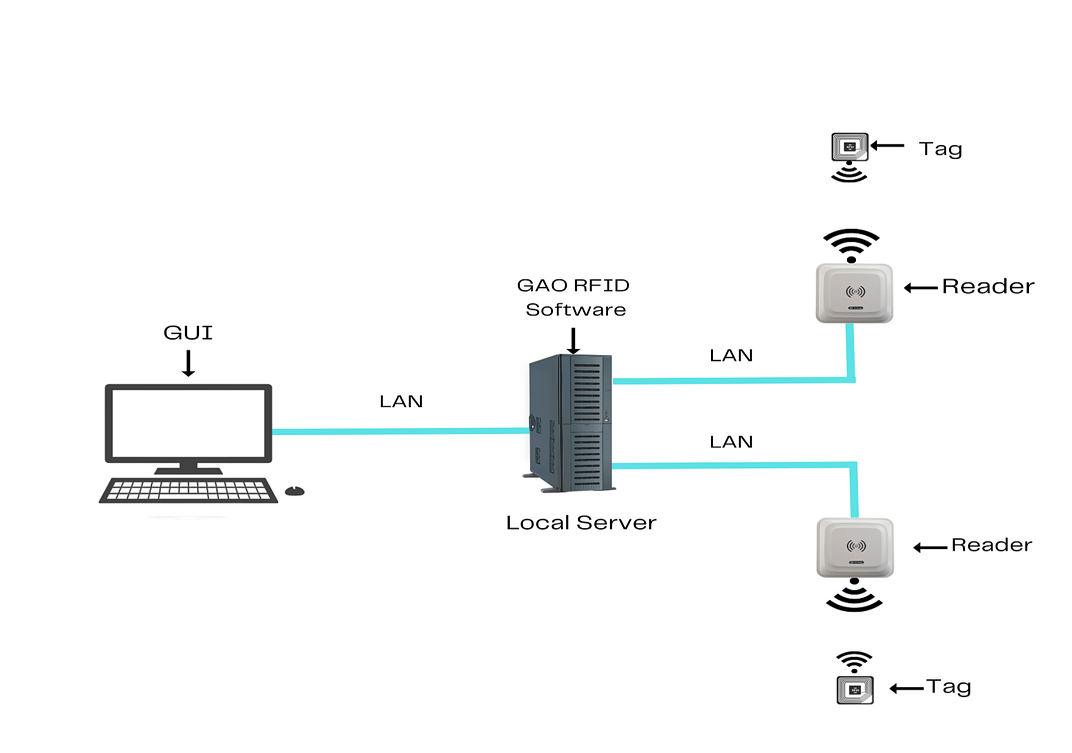
To satisfy its customers, GAO’s RFID or RFID Systems for the research and development (r&d) industry are offered in 2 versions. One version is that its software is running on a local server, and another version is that its software runs in the cloud. The above illustrates GAO system for the research and development (r&d) industry with its software running on a local server.
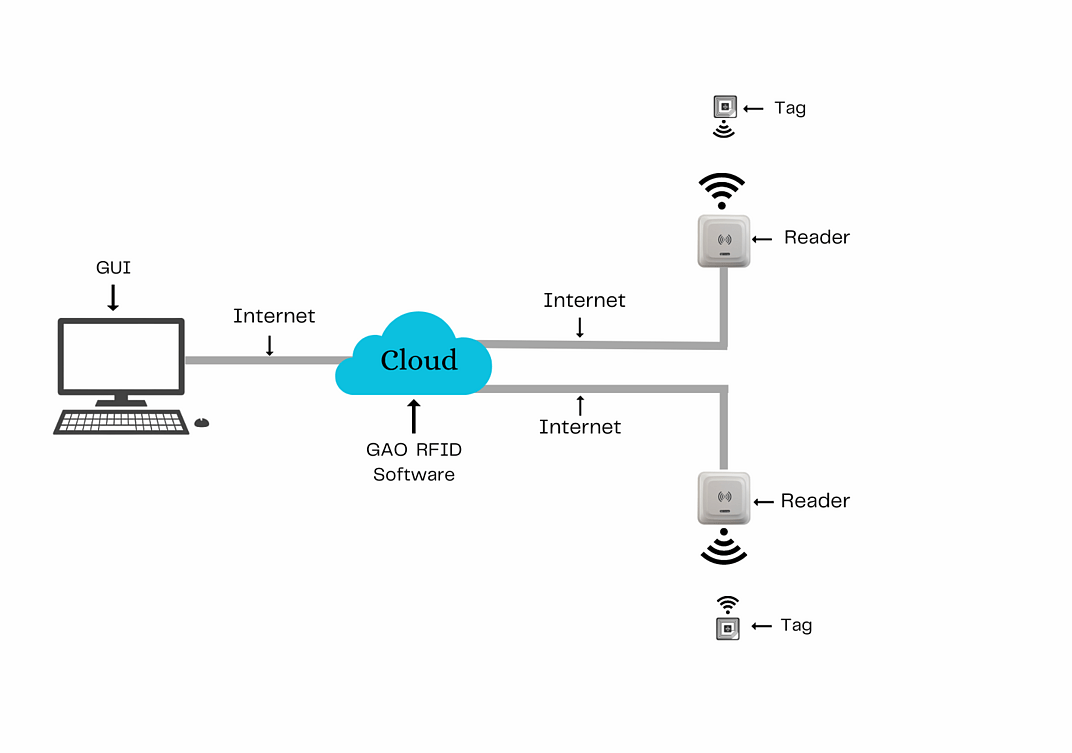
The above illustrates GAO system for the research and development (R&D) industry with its software running in cloud.
GAO’s RFID technologies bring many benefits to the research and development industry:
- Improved inventory management: Our RFID tags can be used to track and monitor inventory, including raw materials, prototypes, and finished products. This can help reduce waste and increase efficiency.
- Enhanced traceability: GAO RFID tags can provide detailed information about the movement of materials and products throughout the R&D process, allowing for better tracking and tracing of items.
- Increased productivity: Our RFID can automate many tasks, such as inventory tracking and data collection, allowing researchers and developers to focus on more complex tasks.
- Enhanced security: GAO RFID can be used to monitor and control access to sensitive areas and information, improving security and reducing the risk of theft or unauthorized access.
GAO’s BLE technologies offer a longer reading range and are particularly attractive for applications with larger workspaces within the research and development industry:
- Real-time data collection: Our BLE sensors can be used to collect real-time data, allowing researchers to monitor and analyze data as it’s generated.
- Improved tracking and monitoring: GAO BLE technology can be used to track the movement of materials, products, and equipment throughout the R&D process, allowing for better tracking and monitoring.
- Improved collaboration: Our BLE technology can enable researchers to share data and collaborate more effectively, improving the overall efficiency of the R&D process.
- Better decision-making: GAO BLE data can be used to generate insights and inform decision-making, providing researchers with valuable information to improve the R&D process.
GAO’s RFID and drone technologies are often combined and such solutions offer the following benefits to the research and development industry:
- Increased efficiency: Drones can be used to automate tasks such as inventory checks, reducing the need for manual labor and improving efficiency.
- Improved safety: Drones can be used to monitor hazardous areas or perform safety checks, reducing the risk of injury to workers.
- Cost savings: Our RFID and drone technology can help reduce costs by improving efficiency and reducing waste.
- Enhanced productivity: The combination of RFID and drone technology can help researchers and developers focus on more complex tasks, improving overall productivity.
Here are the benefits of GAO’s IoT technologies to the research and development industry:
- Real-time data collection: Our IoT sensors can be used to collect real-time data on a variety of factors, including temperature, humidity, pressure, and more.
- Improved monitoring and control: GAO IoT technology can be used to monitor and control various aspects of the R&D process, such as equipment, environmental conditions, and more.
- Enhanced traceability: Our IoT technology can be used to track and monitor the movement of materials and products throughout the R&D process, providing valuable data on their journey and potential bottlenecks.
- Better decision-making: GAO IoT data can be used to generate insights and inform decision-making, providing researchers and developers with valuable information to improve the R&D process.
GAO Helps Customers Comply with Standards, Mandates & Regulations of the Research and Development
GAO RFID Inc. has helped many companies in research and development to deploy RFID, BLE, IoT, and drone systems and to ensure such deployments comply with the applicable industry standards, mandates, and government regulations:
RFID, BLE, IoT, & Drone Standards & Mandates
- ISO 18000-3: This standard defines the technical specifications for RFID tags and readers operating in the 13.56 MHz frequency range, and is often used in industrial and supply chain applications in the R&D industry.
- EPC Gen2: This standard defines the technical specifications for RFID tags and readers operating in the UHF (Ultra High Frequency) range, which are commonly used in R&D applications for tracking and monitoring inventory.
- NFC Forum: This standard defines the technical specifications for RFID tags and readers operating in the 13.56 MHz frequency range, and is often used in consumer applications for mobile payments and identification.
- Constrained Application Protocol (CoAP): CoAP is a lightweight protocol that enables IoT devices to communicate over the internet using the RESTful architecture. This can be useful for research and development applications that require IoT devices to exchange data with web-based services and applications.
- ASTM International Standards: ASTM International has developed a range of standards related to drones, including design and construction, operation, and maintenance.
- Federal Aviation Administration (FAA) Regulations: The FAA is responsible for regulating and overseeing the use of drones in the United States.
US. Government Regulations
- National Science Foundation (NSF) regulations: The NSF is an independent federal agency that supports fundamental research and education across all fields of science and engineering.
- National Institutes of Health (NIH) regulations: The NIH is a federal agency that conducts and supports medical research. NIH regulations set out requirements for the use of federal funds in research projects involving human subjects, animals, and biohazards, among other things.
- Occupational Safety and Health Administration (OSHA) regulations: OSHA is a federal agency that sets and enforces safety and health standards in the workplace. OSHA regulations may apply to research and development activities that involve hazardous materials, equipment, or processes.
- Environmental Protection Agency (EPA) regulations: The EPA is a federal agency that regulates the impact of various activities on the environment, including those related to research and development.
- Department of Energy (DOE) regulations: The DOE is a federal agency that oversees energy policy and research in the U.S. DOE regulations may apply to R&D activities that involve nuclear energy, renewable energy, or energy efficiency.
Canadian Government Regulations
- Scientific Research and Experimental Development (SR&ED) Program: This is a tax incentive program administered by the Canada Revenue Agency (CRA) that encourages Canadian businesses of all sizes and in all sectors to conduct research and development in Canada. The program offers tax credits and refunds to eligible businesses that undertake eligible R&D activities.
- Industrial Research Assistance Program (IRAP): This is a federal government funding program administered by the National Research Council of Canada (NRC) that provides financial assistance to small and medium-sized enterprises (SMEs) to undertake R&D projects that lead to new products, processes, or services.
- Canadian Environmental Protection Act, 1999: This is a federal act that regulates the environmental impact of various activities, including those related to research and development. It sets out rules and standards for the handling, storage, transportation, and disposal of hazardous materials, among other things.
- Canadian Standards Association (CSA) standards: CSA is a nonprofit organization that develops and publishes standards for various industries, including the research and development industry. Some of its standards that may be relevant to R&D include those related to environmental management, occupational health and safety, and laboratory operations.
- Canadian Intellectual Property Office (CIPO): CIPO is a federal agency that administers Canada’s intellectual property (IP) system. It offers services related to patents, trademarks, industrial designs, and copyright, among other things.
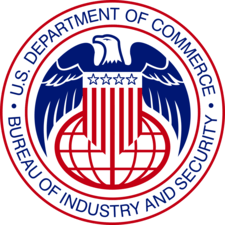 Bureau of Industry and Security
Bureau of Industry and Security
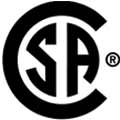 Canadian Standards Association
Canadian Standards Association
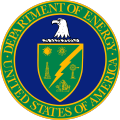 Department of Energy
Department of Energy
 Environmental Protection
Environmental Protection
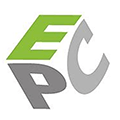 Electronic Power Control
Electronic Power Control
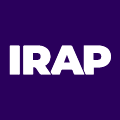 Industrial Research Assistance Program
Industrial Research Assistance Program
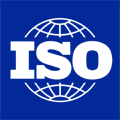 International Organization for Standardization
International Organization for Standardization
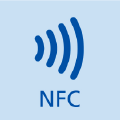 Near-field communication
Near-field communication
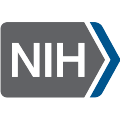 National Institutes of Health
National Institutes of Health
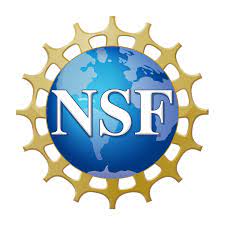 National Science Foundation
National Science Foundation
 Occupational Safety and Health Administration
Occupational Safety and Health Administration
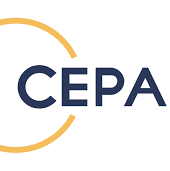 Canadian Environmental Protection Act
Canadian Environmental Protection Act
GAO Software Provides Easy Integration with API
GAO’s RFID and BLE software offers a free trial for both the server-based and cloud versions and offers an API to the important systems in the research and development such as:
Personnel Management:
- Time and attendance tracking
- Personnel location tracking
- Safety monitoring
- Training and certification tracking
Equipment Management:
- Asset tracking and management
- Maintenance tracking and scheduling
- Calibration tracking and scheduling
- Utilization monitoring and optimization
Access Control:
- Restricted area access control
- Laboratory access control
- Equipment access control
- Visitor tracking and management
Warehouse Management:
- Inventory tracking and management
- Asset tracking and management
- Shipping and receiving tracking
- Stock rotation monitoring and optimization
Supply Chain Management:
- Supplier tracking and management
- Materials tracking and management
- Shipping and receiving tracking
- Stock rotation monitoring and optimization
Other Applications:
- Laboratory animal tracking and management
- Hazardous materials tracking and management
- Environmental monitoring
- Quality control and assurance
- Research sample tracking and management
GAO has integrated its RFID, BLE, IoT, and drone systems with some of the leading software and cloud services in the research and development industry. Below are some of the popular software and cloud services in the research and development industry:
- Amazon Web Services (AWS): A comprehensive cloud computing platform offering a wide range of services for computing, storage, analytics, and machine learning.
- Microsoft Azure: A cloud computing platform offering a wide range of services for computing, storage, networking, and analytics.
- MATLAB: A programming language and environment for numerical computing, data analysis, and visualization.
- Ansys: A simulation software for engineering analysis, including finite element analysis, computational fluid dynamics, and electromagnetics.
- COMSOL Multiphysics: A simulation software for physics-based modeling and simulation of multi-physics phenomena.
- SolidWorks: A 3D CAD software for mechanical design, modeling, and simulation.
- Altium Designer: A software for PCB design and electronic circuit design.
- OriginPro: A data analysis and graphing software for scientific and engineering applications.
- IBM Cloud: A cloud computing platform offering a wide range of services for computing, storage, networking, and analytics.
- Oracle Cloud: A cloud computing platform offering a wide range of services for computing, storage, networking, and analytics.
- Salesforce: A cloud-based customer relationship management (CRM) platform offering various tools for sales, marketing, and customer service.
- Slack: A cloud-based team collaboration and communication platform for businesses.
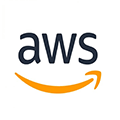 Amazon Web Services
Amazon Web Services
 Altium
Altium
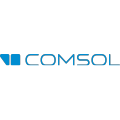 COMSOL Multiphysics
COMSOL Multiphysics
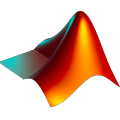 MATLAB
MATLAB
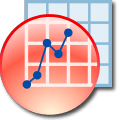 OriginPro
OriginPro
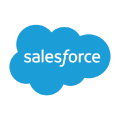 Salesforce
Salesforce
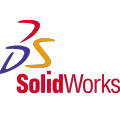 SolidWorks
SolidWorks
 Ansys
Ansys
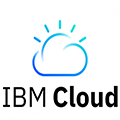 IBM Cloud
IBM Cloud
 Microsoft Azure
Microsoft Azure
 Oracle Cloud
Oracle Cloud
 Slack
Slack
GAO has worked with some of the leading technology companies in the research and development industry to provide integrated RFID, BLE, IoT, and drone solutions to customers. Here are some of the technology leaders in the research and development industry:
- IBM: A multinational technology company providing hardware, software, and services for various industries, including research and development, with offerings like AI, data analytics, and cloud computing.
- Microsoft: A multinational technology company providing software, hardware, and services for various industries, including research and development, with offerings like AI, data analytics, and cloud computing.
- Cisco Systems: A multinational technology company providing networking hardware, software, and services for various industries, including research and development, with offerings like networking solutions and security services.
- Siemens: A multinational technology company providing software, hardware, and services for various industries, including research and development, with offerings like product lifecycle management (PLM), automation, and digitalization solutions.
- Oracle: A multinational technology company providing software, hardware, and services for various industries, including research and development, with offerings like database management, cloud computing, and AI solutions.
- Analog Devices: A semiconductor company specializing in analog and mixed-signal integrated circuits, providing solutions for industrial, automotive, and consumer applications.
- Texas Instruments: A semiconductor company providing digital and analog semiconductors for a wide range of applications including industrial, automotive, and consumer electronics.
- Keysight Technologies: A company providing electronic design and test solutions for communication, aerospace, defense, and automotive industries, including electronic measurement tools and software.
- Rohde & Schwarz: A company specializing in electronic test and measurement equipment and software for various applications, including wireless communications, aerospace, and defense.
- Intel: A company providing semiconductors and microprocessors for various applications including research and development in industries like automotive, industrial, and aerospace.
- Dell: A technology company offering a range of products and services for research and development, including hardware, software, and cloud services.
- Hewlett Packard Enterprise: A technology company offering a range of products and services for research and development, including hardware, software, and cloud services.
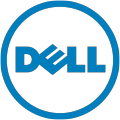 Dell
Dell
 Rohde & Schwarz
Rohde & Schwarz
 Hewlett Packard Enterprise
Hewlett Packard Enterprise
 Texas Instruments
Texas Instruments
 Oracle
Oracle
 Microsoft
Microsoft
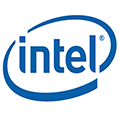 Intel
Intel
 Analog Devices
Analog Devices
 Cisco Systems
Cisco Systems
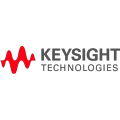 Keysight Technologies
Keysight Technologies
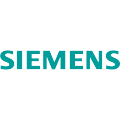 Siemens
Siemens
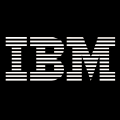 IBM
IBM
Case Studies of RFID Applications
Below are some RFID application cases in the research and development industry:
One of the case studies of RFID application in the research and development industry is in laboratory management, particularly in tracking and managing laboratory samples and specimens. Our RFID tags can be attached to laboratory samples, such as blood or tissue samples, to create a unique identification code that can be read by RFID readers. This helps to improve the accuracy and efficiency of laboratory processes, as RFID technology allows for automated tracking and identification of samples throughout the laboratory workflow. For example, RFID-enabled laboratory freezers can automatically detect and record the location and temperature of each sample, ensuring that they are properly stored and preserved.
Another case study of RFID application in the research and development industry is in supply chain management for laboratory consumables, such as reagents, chemicals, and lab equipment. GAO RFID tags can be attached to these items to create a unique identification code that can be read by RFID readers throughout the supply chain. This helps to improve the visibility and control of laboratory inventory, as RFID technology allows for real-time tracking and monitoring of the movement and usage of these items. For example, RFID-enabled storage cabinets can automatically detect and record the location and quantity of each item, helping to reduce waste and ensure that the right items are available when needed.
One case of ultra-high frequency (UHF) RFID application in the research and development (R&D) industry is in the tracking and management of laboratory animals, such as mice, rats, and other small animals used in preclinical research. Our UHF RFID tags can be attached to the cages or collars of laboratory animals to create a unique identification code that can be read by UHF RFID readers throughout the animal facility. For example, UHF RFID-enabled animal monitoring systems can automatically detect and record the location and behavior of each animal, as well as their food and water consumption, body weight, and other vital signs. This can help researchers to collect and analyze more accurate and comprehensive data on animal physiology and behavior, improving the quality and reliability of preclinical research.
Another case of UHF RFID application in the research and development industry is in the tracking and management of laboratory equipment and assets. GAO UHF RFID tags can be attached to equipment such as microscopes, centrifuges, and other laboratory instruments to create a unique identification code that can be read by UHF RFID readers throughout the laboratory. For example, UHF RFID-enabled asset tracking systems can automatically detect and record the location and status of each piece of equipment, as well as their usage history and maintenance schedules.
GAO RFID Systems & Hardware for the Research and Development
GAO RFID Inc. offers the largest selection of BLE gateways, BLE beacons, RFID readers, tags, antenna, printers, and integrated RFID systems for various industries, including the research and development industry.
BLE (Bluetooth Low Energy)
GAO offers advanced BLE gateways:
as well as versatile beacons with such important functions as temperature, humidity, vibration, and panic button:
GAO’s BLE technology is suitable for many industries, including research and development.
UHF (Ultra High Frequency) RFID
GAO offers the largest selection of UHF RFID readers for various industries, including research and development:
GAO RFID offers the widest choice of UHF RFID tags, labels, badges, and wristbands for various industries, including research and development:
and an array of antennas to address different applications:
HF (High Frequency), NFC (Near Field Communications), and LF (Low Frequency) RFID
GAO offers the largest selection of HF, NFC, and LF RFID readers for various industries, including research and development:
- High Frequency 13.56 MHz Passive RFID Readers
- Low Frequency 134 kHz Passive RFID Readers
- Low Frequency 125 kHz Passive RFID Readers
HF, NFC, and LF RFID tags, labels, badges, and wristbands for various industries, including the research and development:
and antennas:
GAO also offers RFID printers:
Digital I/O adapters:
and relay controllers:
For embedded applications, GAO offers UHF, HF, and LF RFID reader modules:
- UHF 860 – 960 MHz RFID Modules
- 13.56 MHz High Frequency RFID Modules
- 125 kHz Low Frequency RFID Modules
The RFID systems by GAO are highly popular for clients in research and development:
Physical asset or operational equipment tracking system:
Assets that can be effectively tracked using GAO’s technologies include
- Laboratory Equipment: Includes instruments and apparatus used for various scientific experiments and analysis, such as microscopes, centrifuges, spectrophotometers, chromatography systems, incubators, and autoclaves.
- Test Chambers: Climate-controlled chambers used to simulate specific environmental conditions for testing the performance and durability of products, materials, or components.
- 3D Printers: Additive manufacturing machines that create three-dimensional objects by layering materials based on digital designs. They are used for prototyping, rapid production, and customization.
- Research Microscopes: High-powered microscopes equipped with advanced imaging capabilities, used for examining samples and conducting detailed microscopic analysis.
- Genetic Sequencers: Instruments used in genetic research to determine the DNA sequence of organisms, enabling the study of genes, mutations, and genetic variations.
- Spectrometers: Instruments used to analyze the interaction between matter and electromagnetic radiation, providing insights into chemical composition, molecular structure, and properties of materials.
- Data Acquisition Systems: Devices that collect and record data from various sensors and instruments, enabling researchers to monitor and analyze measurements in real-time.
- High-Performance Computing (HPC) Systems: Powerful computer systems with advanced processing capabilities, used for complex simulations, modeling, data analysis, and computational research.
- Environmental Monitoring Equipment: Instruments and sensors used to measure and monitor parameters such as temperature, humidity, air quality, noise levels, and radiation in research environments.
- Prototyping Tools: Tools and equipment used for creating prototypes, including 3D modeling software, CNC machines, laser cutters, and PCB (Printed Circuit Board) fabrication equipment.
- Analytical Instruments: Various instruments used for chemical analysis and characterization, such as gas chromatographs, mass spectrometers, nuclear magnetic resonance (NMR) spectrometers, and X-ray diffraction (XRD) machines.
- Robotics and Automation Equipment: Robotic systems and automation tools used to streamline processes, enhance efficiency, and perform repetitive tasks in research and development.
People or workers tracking system:
Personnel or people access control system:
Parking or vehicle control system:
GAO Has Served the Research and Development Extensively
GAO’s products and technologies have helped its customers in the research and development industry to achieve success in Artificial intelligence (AI) and machine learning (ML), Internet of Things (IoT), Big data, Digitalization, Personalized medicine, Quantum computing, Bioinformatics, and Robotics and automation.
GAO RFID Inc. has deployed RFID, BLE, and IoT projects for many companies in research and development, including many in its various divisions such as:
- Biotechnology: This division of R&D is focused on the development of new medical treatments, pharmaceuticals, and other biological products.
- Chemicals: This division of R&D is focused on the development of new chemical compounds and materials, as well as the improvement of existing ones.
- Electronics: This division of R&D is focused on the development of new electronic components, devices, and systems, such as microprocessors, sensors, and communications equipment.
- Energy: This division of R&D is focused on the development of new energy sources and technologies, such as renewable energy, batteries, and fuel cells.
- Materials: This division of R&D is focused on the development of new materials and composites, such as metals, polymers, and ceramics, and the improvement of their properties.
- Software: This division of R&D is focused on the development of new software applications, systems, and platforms, including artificial intelligence, machine learning, and data analytics.
Here are some of the leading companies in the research and development industry
 Alphabet
Alphabet
 Amazon
Amazon
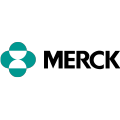 Merck
Merck
 Microsoft
Microsoft
 General Motors
General Motors
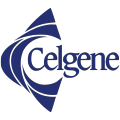 Celgene
Celgene
 Apple
Apple
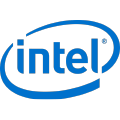 Intel
Intel
 Pfizer
Pfizer
 Ford Motors
Ford Motors
 Bristol Myers Squibb
Bristol Myers Squibb
 General Electric
General Electric
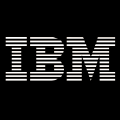 IBM
IBM
 Johnson and Johnson
Johnson and Johnson
 Thermo Fisher Scientific
Thermo Fisher Scientific
 Facebook
Facebook
 Qualcomm
Qualcomm
 Amgen
Amgen
 Celestica
Celestica
 CGI
CGI
 BlackBerry
BlackBerry
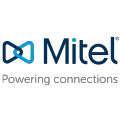 Mitel
Mitel
 Opentext
Opentext
 Shopify
Shopify
